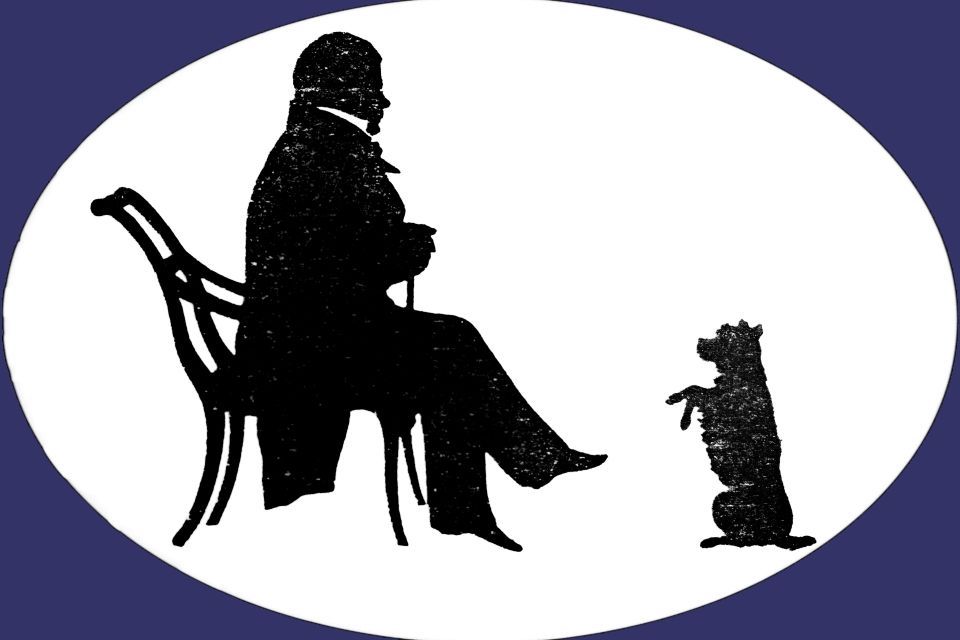Kaiser Wilhelm II 1914 - Napoleon Bonaparte 1814
Thursday 9th October 2014
Summary of the Talk:
Sir Hew Strachan’s lecture explores the complex connections between Scottish martial identity, the literary legacy of Sir Walter Scott, and the experience of the First World War. Rather than a direct comparison of Wilhelm II and Napoleon Bonaparte, the talk focuses on how war—particularly 1914—was perceived, shaped, and remembered in light of earlier military traditions and literature.
The lecture unfolds in three major parts:
- Scott and the Scottish Warrior Tradition:
- Scott's romanticised image of Scotland’s past, especially the Highland warrior, had a deep impact on how Scotland viewed itself.
- By the early 20th century, this vision became institutionalised through the British army’s maintenance of Highland regiments, even as actual recruitment declined.
- Despite low enlistment pre-1914, Scotland made an enormous contribution to the war once it began—24% of Scottish males of military age enlisted, compared to 22% in England’s regions.
- Scott’s Literary Influence and War Literature:
- Many young men going to war had read Scott, whose novels influenced their ideas of heroism and martial glory.
- Scottish contributions to war literature included Ian Hay (The First 100,000), John Buchan (Greenmantle), and Robert Service (The Rhymes of a Red Cross Man). These writers, although popular during the war, fell out of the literary canon later.
- Their works reflect both pride and growing disillusionment with war, mirroring Scott’s own nuanced views on military life.
- Commemoration and Memory:
- Post-war memorials drew heavily on romantic and medieval imagery—Highland officers in kilts, St. George, and idealised soldiers.
- Scott’s influence is seen in these artistic choices, sustaining the image of the heroic Scottish warrior.
- Over time, memorials and public sentiment shifted from glorification to grief, reflecting the traumatic scale of loss.
- This marked a transition in Scottish cultural memory—from heroic martial pride to a more sombre, reflective remembrance of war and its costs.
Interesting and Noteworthy Points
- Romanticisation vs. Reality: Strachan critiques the gap between Scott’s romanticised Scotland and the grim industrial realities of 20th-century warfare. This contrast becomes especially poignant when examining how Scott’s influence shaped expectations that were not matched by actual recruitment or experience.
- Scott’s Indirect ‘Responsibility’: With humour and historical insight, Strachan notes that Scott can partly be “blamed” for institutionalising the myth of the Highland warrior, which then created unrealistic military expectations by the late 19th century.
- Volunteerism and Urban Enlistment: The myth of the Highland martial tradition masks a more urban, working-class reality: the majority of Scottish recruits came from cities like Glasgow and Edinburgh, often driven by unemployment or peer pressure, not just patriotic fervour.
- Territorial Army and Drill Halls: A distinctive feature of Scottish military culture was the role of local drill halls, which became entry points to war service, reflecting a blend of community engagement and inherited martial tradition.
- War Poetry and the Canon: Scottish writers of the war, although initially influential, have not remained central in the English literary canon—unlike southern poets such as Wilfred Owen or Siegfried Sassoon.
- Evolving Commemoration: The evolution from heroic statues to memorials emphasising suffering and sacrifice marks a cultural transformation in how war was processed and remembered, particularly in a post-Scott, post-industrial age.
Alternative angle
Introduction by Alasdair Hutton:
I could not be more pleased that Professor Sir Hew Strachan has accepted our invitation to deliver the joint lecture this year held by the Edinburgh Sir Walter Scott Club and the Faculty of Advocates and we are most grateful to the Faculty for allowing us the privilege of using this room for the lecture.
Sir Hew is one of the world's foremost authorities on the First World War, the centenary of the start of which we remember this year.
Like Sir Walter Scott, Professor Strachan was born in Edinburgh but there their paths diverged and Sir Hew gained his first degree at Corpus Christi College in Cambridge where he was elected a research fellow and subsequently lectured. He was also a senior lecturer in war studies at the Royal Military Academy, Sandhurst and he presently holds the Chair of Chichele Professor of the History of War at All Souls College in Oxford.
Amongst his many other distinctions, which would take most of the evening to relate, Sir Hew is a Reserve Brigadier, an officer in the Queen’s Bodyguard for Scotland – the Royal Company of Archers and in May he was appointed Her Majesty’s Lord Lieutenant in Tweeddale.
Tonight Sir Hew will span that period from 1814 when Sir Walter Scott was writing and Napoleon Bonaparte was attempting to dominate Europe to a century ago in 1914 when the German Kaiser Wilhelm chose to display similar ambitions and dragged not just Europe but the world into war.


